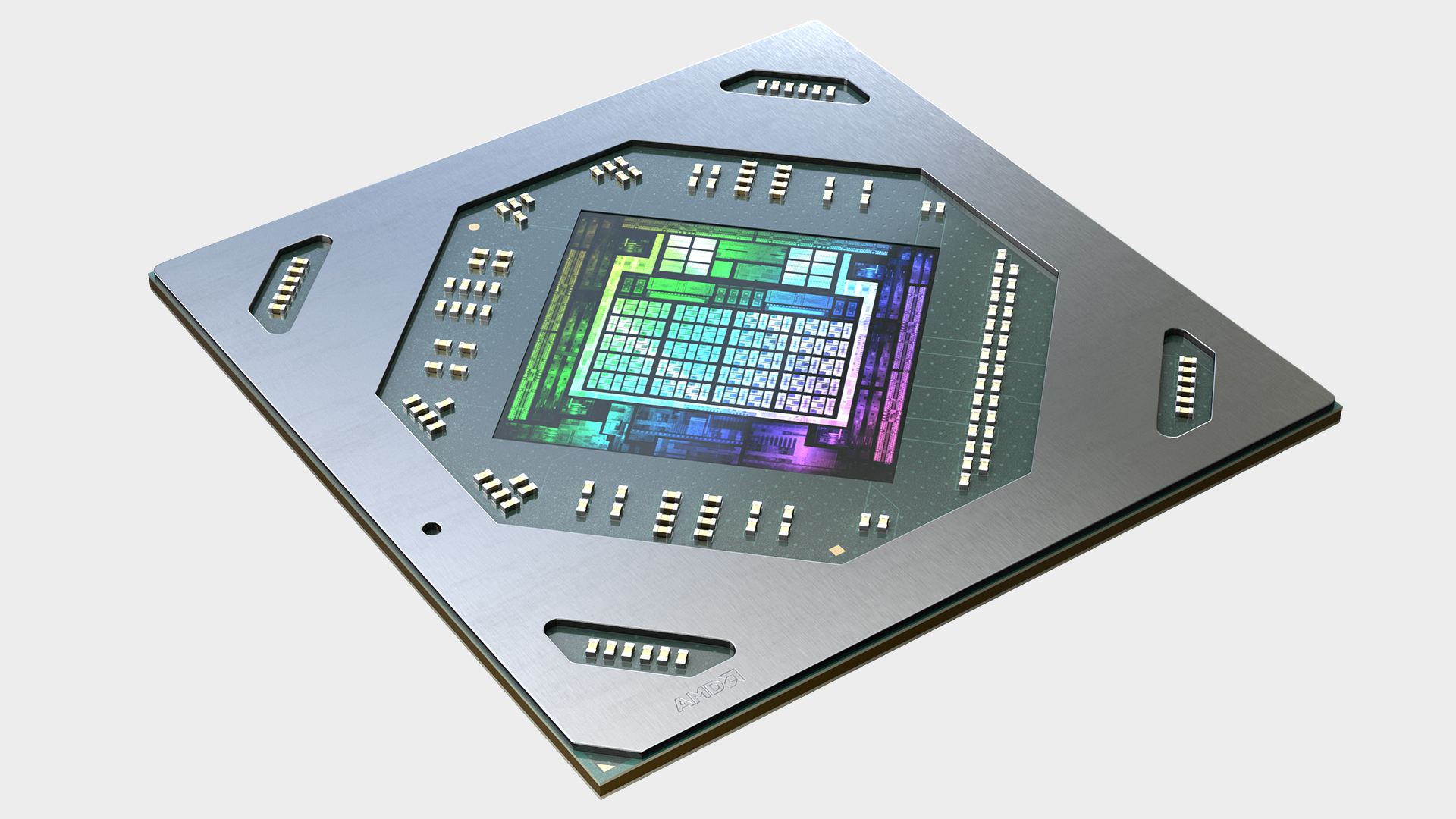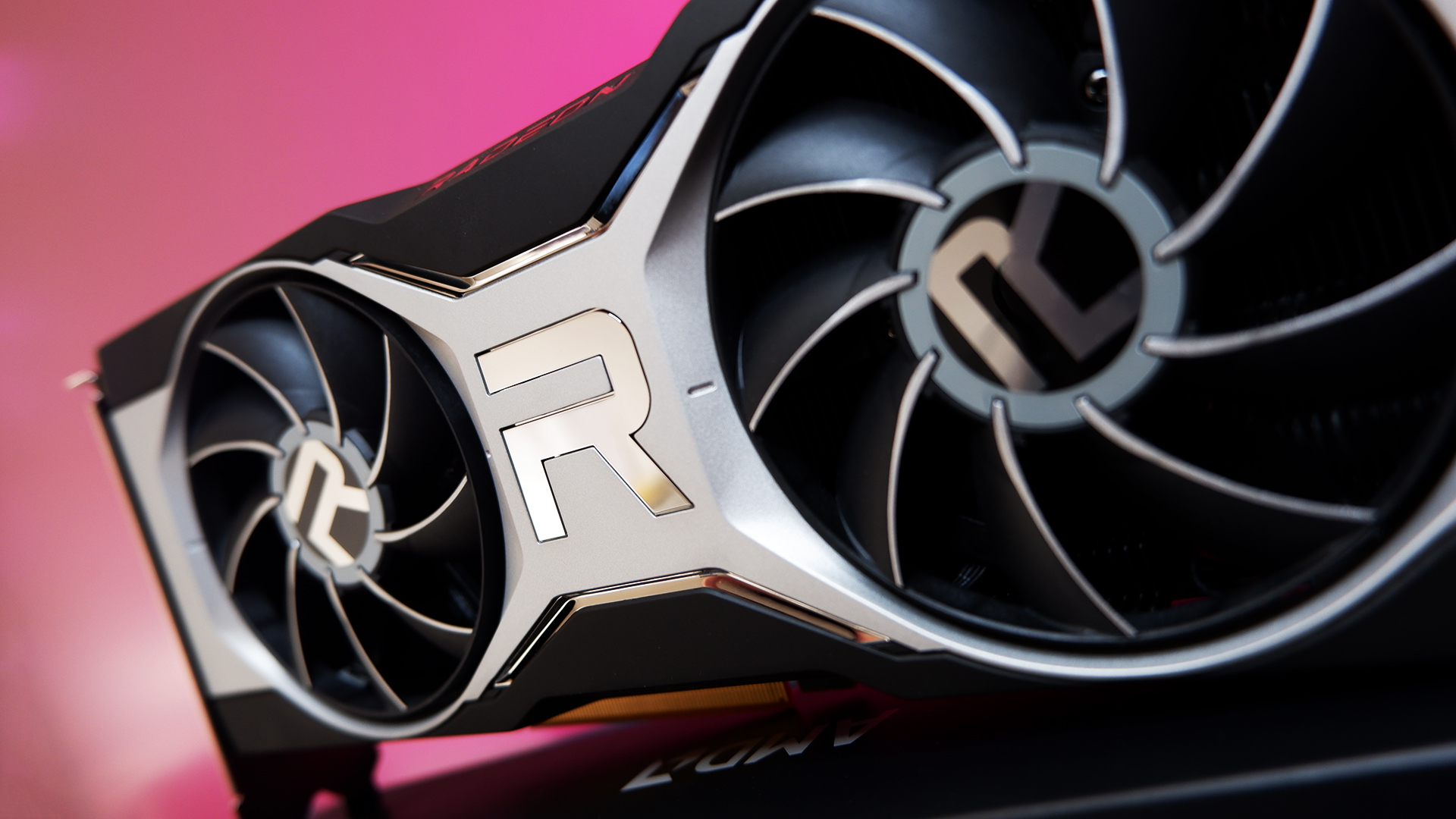AMD refuses to limit cryptocurrency mining: 'we will not be blocking any workload'
AMD says you can do what you want with RDNA 2, but it's going to be best set on gaming.

AMD has confirmed it has zero intentions of blocking mining operations on its graphics cards. Following the news of an Ethereum mining limiter implemented on Nvidia's GPUs (and then accidentally turned off), the question on many peoples' lips has been whether AMD would follow suit. Well, here's your firm 'no' from the company on that front.

Best gaming motherboard: the best boards around
Best AMD motherboard: your new Ryzen's new home
"The short answer is no," Nish Neelalojanan, a product manager at AMD says regarding a potential mining limiter during a Radeon RX 6700 XT pre-briefing call. "We will not be blocking any workload, not just mining for that matter.
"That said, there are a couple of things. First of all, RDNA was designed from the ground up for gaming and RDNA 2 doubles up on this. And what I mean by this is, Infinity Cache and a smaller bus width were carefully chosen to hit a very specific gaming hit rate. However, mining specifically enjoys, or scales with, higher bandwidth and bus width so there are going to be limitations from an architectural level for mining itself."
It's true that RDNA 2 isn't the best cryptocurrency miner. That accolade goes unsurprisingly to Nvidia's 24GB GeForce RTX 3090 at up to 120MH/s. The high-end RDNA 2 cards based on the Navi 21 chip aren't entirely useless when it comes to mining Ether, though, managing around 58-64MH/s.
And when cryptocurrency is still surging in value it appears any graphics card is preferable to none at all. Just about any GPU worth something is being snapped up and sent down the crypto-mines, and the market is still reeling because of it.
"All our optimisation, as always, is going to be gaming first, and we've optimised everything for gaming. Clearly gamers are going to reap a ton of benefit from this, and it's not going to be ideal for mining workload. That all said, in this market, it's always a fun thing to watch."

There's another question here, too, and that's whether AMD could implement a mining block, or at least one of substance, if it wanted to. AMD's Linux drivers are all open-source, a move highly praised by Linux developers and users alike, but leaves AMD with less direct say on how they're being used in the field.
Keep up to date with the most important stories and the best deals, as picked by the PC Gamer team.
And just look at how quickly miners circumvented Nvidia's mining limiter circumvented and its drivers were said to be watertight. That was Nvidia's fault, mind, and who knows how long it may have lasted without its dev driver slip-up.
With AMD standing down and Nvidia's initial attempts at a limiter seemingly in tatters, it doesn't look like there are any roadblocks capable of slowing down miners' fervent GPU hoarding habits.
On the plus side, Ethereum will one day move away from a cryptocurrency mining model, and the bubble is sure to burst for profitability sooner or later.

Jacob earned his first byline writing for his own tech blog. From there, he graduated to professionally breaking things as hardware writer at PCGamesN, and would go on to run the team as hardware editor. He joined PC Gamer's top staff as senior hardware editor before becoming managing editor of the hardware team, and you'll now find him reporting on the latest developments in the technology and gaming industries and testing the newest PC components.

